Paul Gauguin
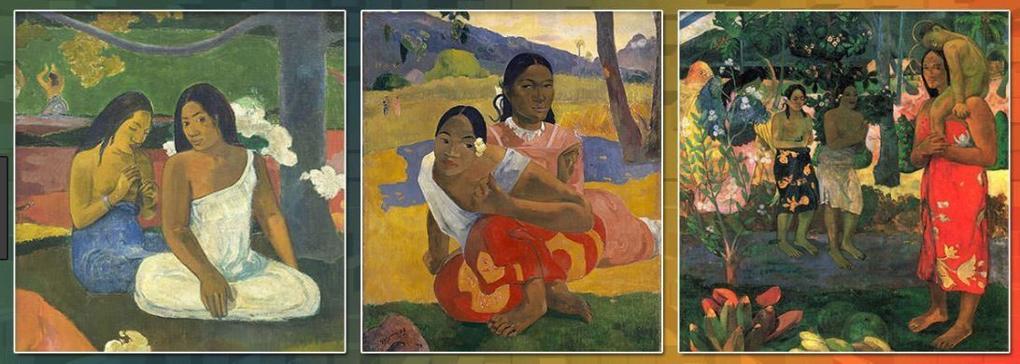
Lets take a look at how the South Pacific influenced Gauguin’s art works.
As we know Paul Gauguin was born in Paris and like Jacques Boullaire was destined for a professional life – a stockbroker in his case. Gauguin spent childhood years in Peru, before returning to Paris; he served with the navy for a number of years; married a Dane, had 5 children and briefly lived in Copenhagen.
Gauguin was interested in art since his childhood. In his free time, he began painting. He also visited galleries frequently and purchased work by emerging artists. Gauguin formed a friendship with artist Camille Pissarro, who introduced him to various other artists. As he progressed in his art, Gauguin rented a studio, and showed paintings in Impressionist exhibitions held in 1881 and 1882. Over two summer vacations, he painted with Pissarro and occasionally Paul Cézanne.
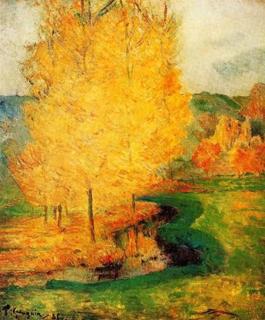
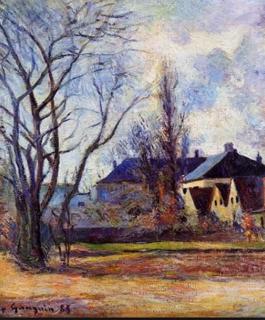
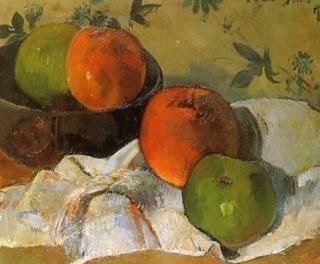
In 1891, Gauguin, frustrated by lack of recognition at home and financially destitute, sailed to the tropics to escape European civilization and "everything that is artificial and conventional." (Before this he had made several attempts to find a tropical paradise where he could 'live on fish and fruit' and paint in his increasingly primitive style, including short stays in Martinique and as a labourer on the Panama Canal construction). Living in Mataiea Village in Tahiti, he painted Fatata te Miti (By the Sea), Ia Orana Maria (Ave Maria) and other depictions of Tahitian life.
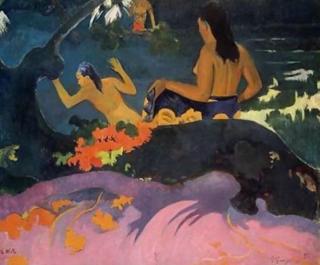
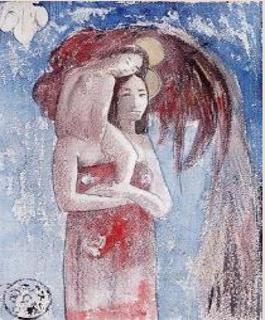
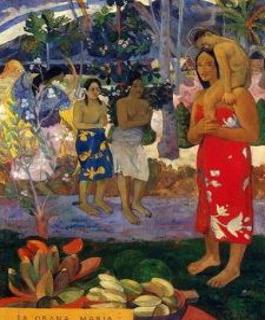
He moved to Punaauia in 1897, where he created the masterpiece painting Where Do We Come From and then lived the rest of his life in the Marquesas Islands, returning to France only once.
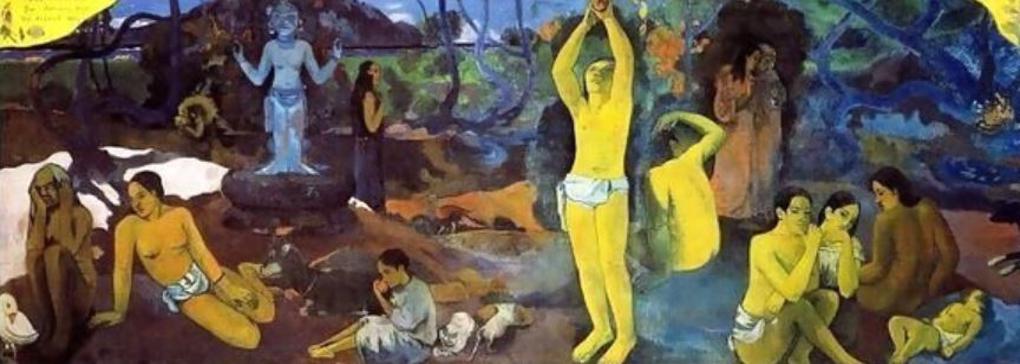
His works of that period are full of quasi-religious symbolism and an exoticized view of the inhabitants of Polynesia.
In Polynesia he sided with the native peoples, clashing often with the colonial authorities and with the Catholic Church. In 1903, due to a problem with the church and the government, he was sentenced to three months in prison, and charged a fine.
At that time he was being supported by the art dealer Ambroise Vollard. He died of syphilis before he could start the prison sentence. His body had been weakened by alcohol and a dissipated life. He was only 54 years old.
Although I have found no references it seems obvious that Jacques Boullaire was heavily influenced by Gauguin. Looking back to the art works on yesterday’s blog, I am sure you would agree.
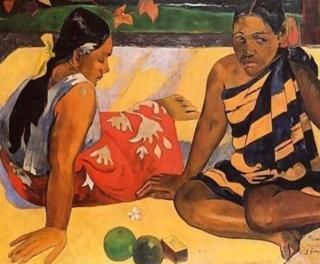
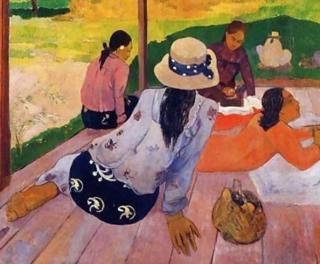
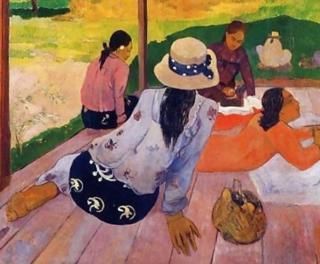
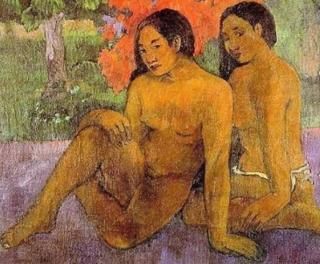
Unless otherwise stated details and images taken from Paul-Gauguin.net.
